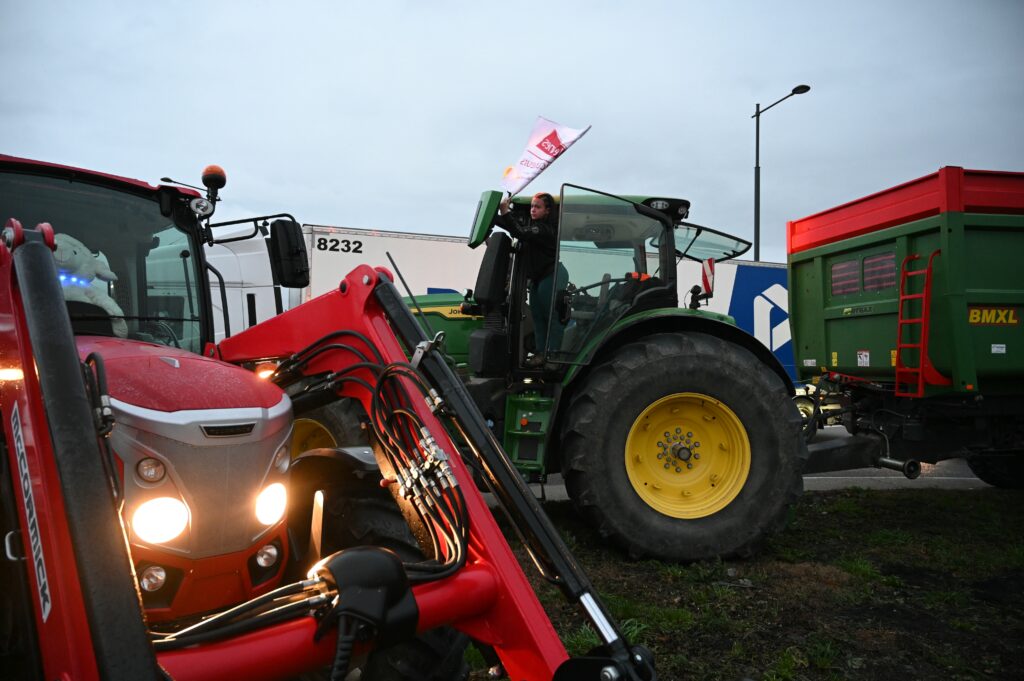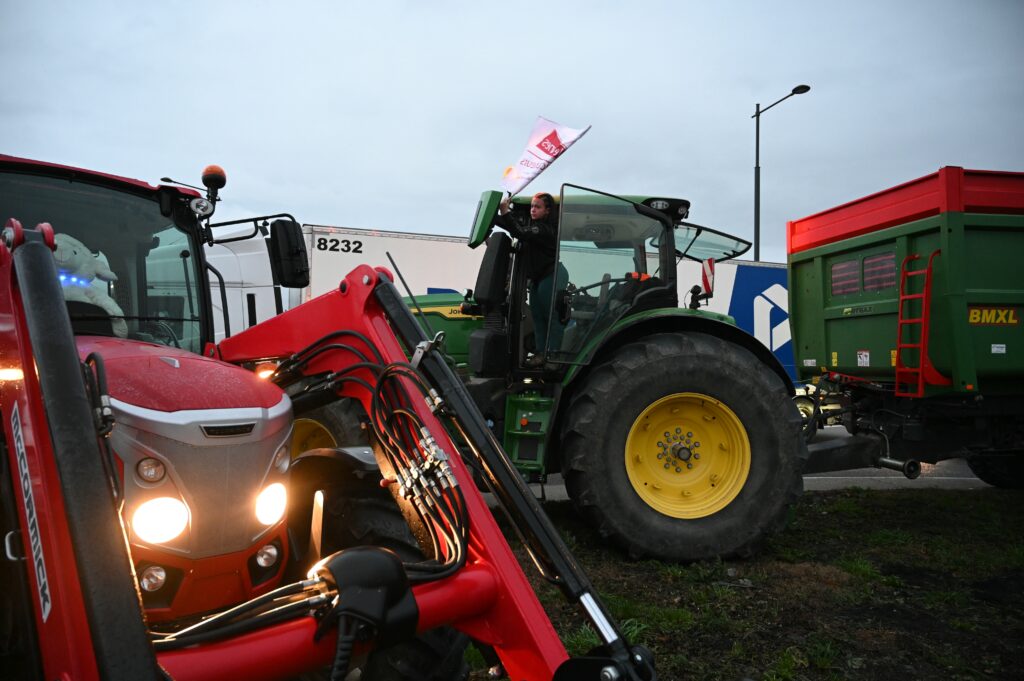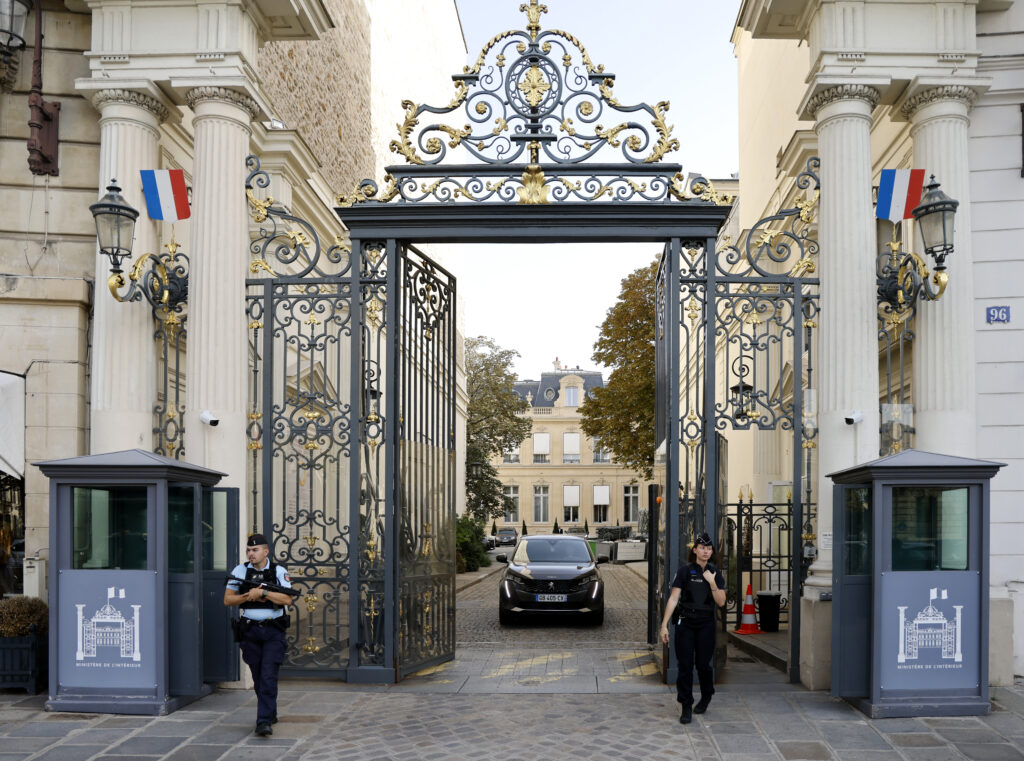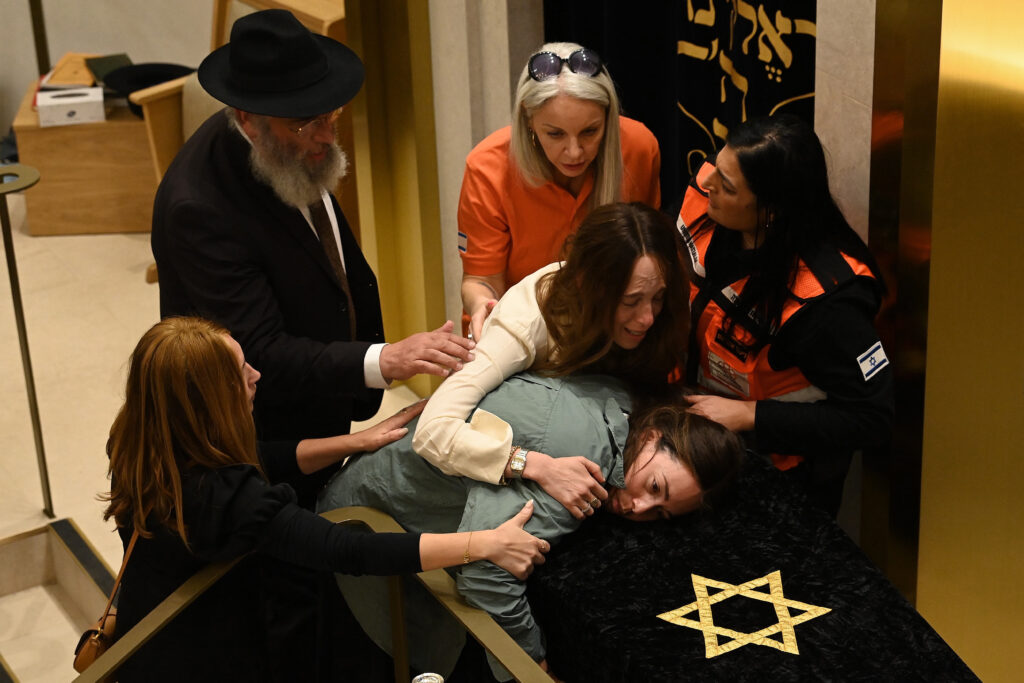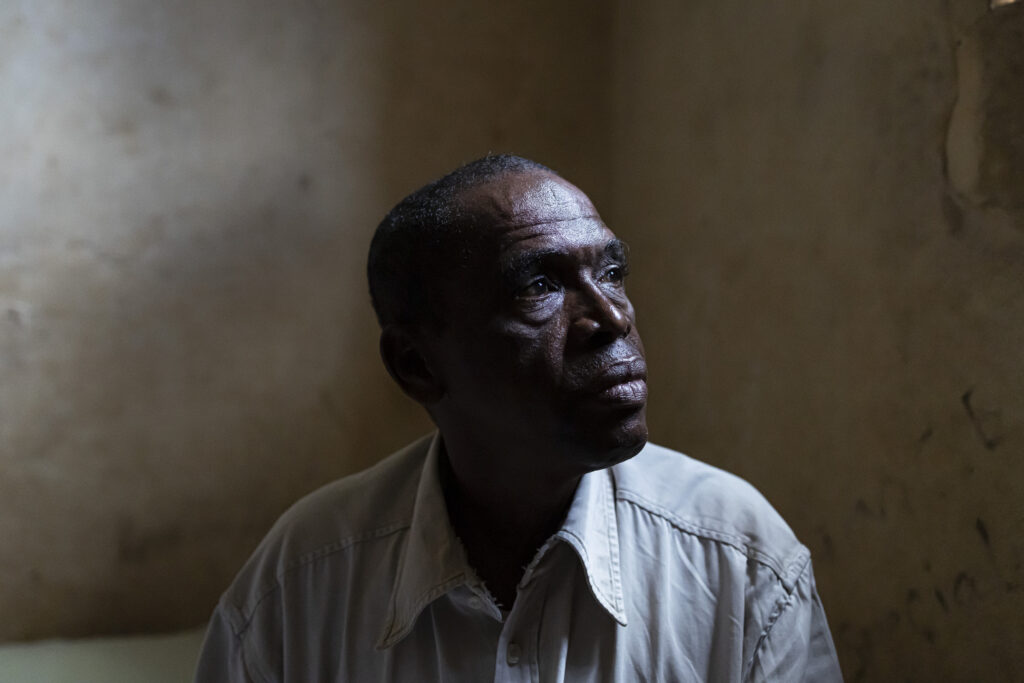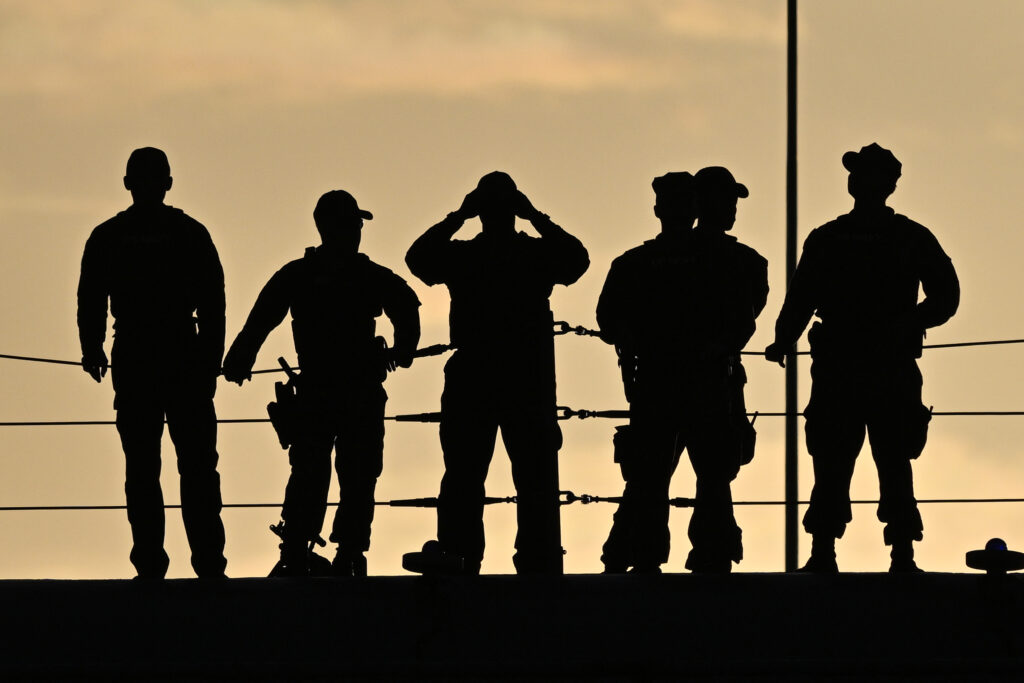La mobilisation agricole enfle dans le Sud-Ouest malgré l’appel à “l’apaisement” de Genevard
Une semaine après les premières protestations devant une ferme ariégeoise, la mobilisation contre la gestion de l’épidémie de dermatose nodulaire contagieuse (DNC) continue d’enfler mercredi, avec le blocage d’un nouvel axe majeur dans le Sud-Ouest, malgré l’appel à “l’apaisement” de la ministre de l’Agriculture.Dans l’Aude, plusieurs dizaines d’agriculteurs se sont rejoints à bord d’une soixantaine de tracteurs à hauteur de Carcassonne sur l’autoroute A61, après avoir convergé depuis Narbonne et Castelnaudary sous escorte de gendarmerie. Vers 13 heures, ils ont bloqué cet axe reliant Toulouse à la Méditerranée et à l’Espagne, a constaté une équipe de l’AFP.Équipés de drapeaux de la Coordination rurale, de la Confédération paysanne et des Jeunes agriculteurs, les engins agricoles empêchent toute circulation dans les deux sens, pendant que des manifestants démontent des glissières de sécurité et installent des barbecues.”Notre confiance envers les services de l’État a été rompue. Mercosur, PAC, rémunération, taxe carbone, gestion de l’eau: tous les ans, on subit des problèmes de plus en plus gros. Y’en a marre”, ont déclaré des représentants des Jeunes agriculteurs, à leur départ de Narbonne le matin, avant de parcourir près de 70 km sur leurs tracteurs.L’A61 était déjà bloquée depuis mardi dans un sens au niveau de Villefranche-de-Lauragais, en Haute-Garonne. “On a dormi sur place et on continue, on change rien”, a déclaré à l’AFP Dorian Biffi, membre des Jeunes agriculteurs 31. “On est pas là que pour la DNC, il y a tout le reste: le Mercosur, la taxe engrais et la PAC 2027”, a-t-il poursuivi.Depuis mardi, ils empêchent également, au même endroit, la circulation des trains entre Toulouse et Narbonne, sur l’axe Bordeaux-Marseille. “Aucune prévision de reprise des circulations n’est envisagée”, selon SNCF Voyageurs.- “A l’approche de Noël” -Mercredi matin, la ministre de l’Agriculture Annie Genevard a appelé à “l’apaisement à l’approche de Noël” face aux manifestations et blocages routiers qui perdurent, alors que les agriculteurs ont fait part de leur intention de rester au-delà des fêtes “s’il le faut”.Dans le centre de Limoges, ont été acheminées une trentaine de remorques remplies de bottes de paille pourrie. “On va monter un mur devant la préfecture, on continue nos actions coup de poing pour mettre la pression car la ministre n’a pas pris en compte ce qu’on proposait”, a déclaré à l’AFP Thomas Hegarty, qui préside la CR en Haute-Vienne.”Ce qu’on veut, c’est l’arrêt de l’abattage systématique mais le gouvernement n’est pas décidé à le faire, donc nous, on n’est pas décidé à partir”, a déclaré Stanislas Chedru, un agriculteur des Landes, sur un rond-point de Mont-de-Marsan.A Carbonne des agriculteurs ont passé une cinquième nuit sur l’autoroute A64, tandis que l’A20, l’A63, et l’A89 sont bloquées par endroits. Le ministère de l’Intérieur a relevé mardi 75 actions sur le territoire, contre 45 la veille et 27 dimanche.Le préfet du Gers, Alain Castanier, a annoncé mercredi qu’il déposerait une plainte après que “de nombreux déchets et du lisier” ont été déversés, dans la nuit, devant et sur la préfecture à Auch. Il a condamné des “exactions inacceptables”.”J’ai demandé aux préfets de gérer ce mouvement avec souplesse et tact. On encadre et on évite les dégradations”, a indiqué le ministre de l’Intérieur Laurent Nunez sur France Info.Annie Genevard a précisé que 750.000 bovins seraient vaccinés “dans les semaines qui viennent” dans le Sud-Ouest: une proposition qui ne convainc pas.- “Pas assez” -“On prend la bonne direction, mais ce n’est pas assez”, a estimé sur le blocage de l’A63 Vincent Collineau, éleveur à Monségur et coprésident de la CR 33, qui craint de ne pas “trouver des vaches” pour repeupler si son troupeau devait être abattu.Depuis l’apparition de la maladie en juin en Savoie, l’État tente de contenir la propagation du virus en se basant sur “trois piliers”: l’abattage systématique dès la détection d’un cas, la vaccination dans la zone concernée et la restriction de mouvements des bovins.Mardi, Annie Genevard a annoncé une extension de la zone vaccinale, qui concernait jusqu’ici huit départements du Sud-Ouest, à l’Hérault et au Tarn.La campagne de vaccination va mobiliser des vétérinaires de toute la France et de tous horizons (de l’État, libéraux, retraités, militaires), a-t-elle précisé.Elle a également annoncé la création d’un fonds de soutien de plus de 10 millions d’euros destiné aux petits éleveurs, pour compenser les pertes de cheptel, les pertes économiques et la désinfection des installations.Au total, 114 foyers de DNC ont été recensés en France depuis juin, dont 26 en Occitanie. Plus de 3.300 bêtes ont été euthanasiées sur un cheptel de quelque 16 millions de bovins.bur-kal-mdz-bdu/rhl
